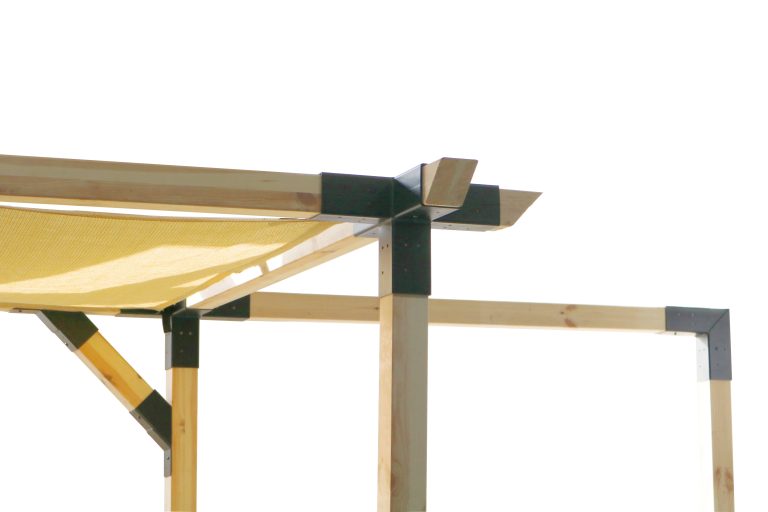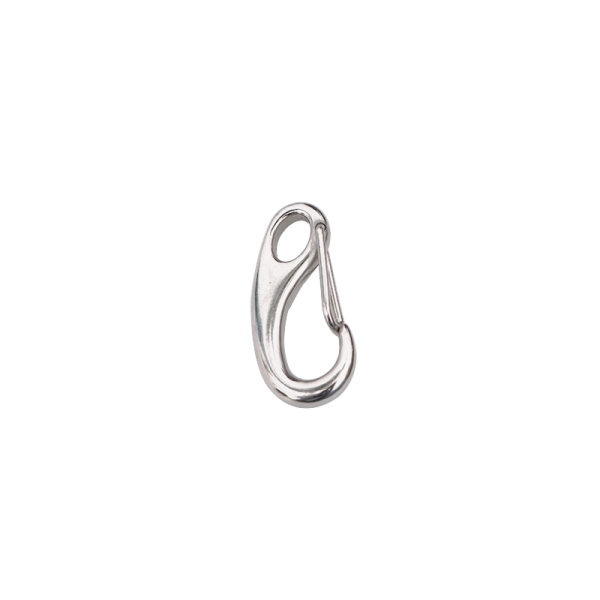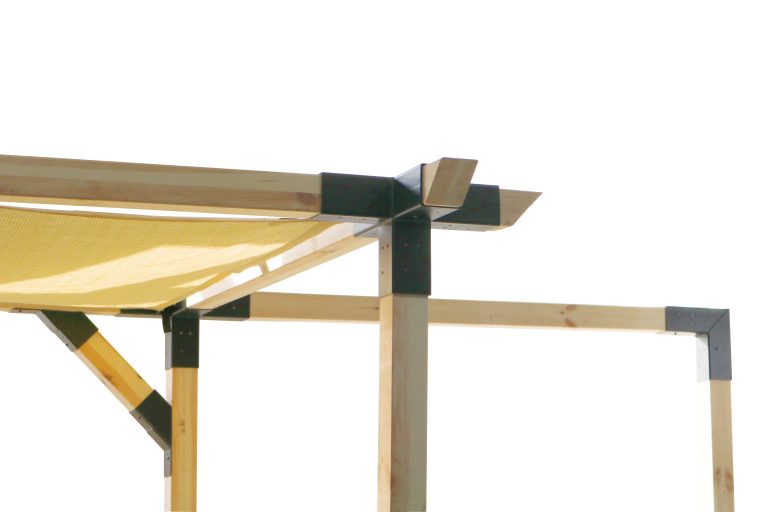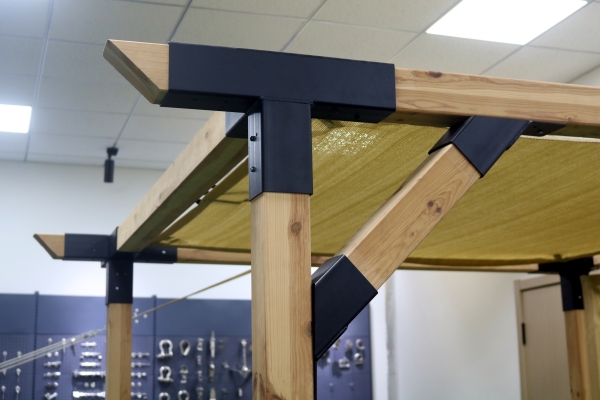Understanding the Heat Resistance Properties of Stainless Steel Bolts
Stainless steel bolts are commonly used in various industries due to their excellent corrosion resistance and durability. However, one important property that is often overlooked is their heat resistance. Understanding the heat resistance properties of stainless steel bolts is crucial for ensuring the safety and reliability of structures and equipment in high-temperature environments.
Stainless steel bolts are made from an alloy of iron, chromium, and other elements such as nickel and molybdenum. The addition of chromium to the steel forms a protective oxide layer on the surface, which gives stainless steel its corrosion resistance. This oxide layer also plays a crucial role in the heat resistance of stainless steel bolts.
When stainless steel bolts are exposed to high temperatures, the protective oxide layer becomes even more important. At elevated temperatures, the oxide layer acts as a barrier that prevents the underlying steel from reacting with the surrounding environment. This helps to maintain the integrity of the bolt and prevents it from corroding or weakening under heat stress.

The heat resistance of stainless steel bolts is determined by their alloy composition and the specific heat treatment they undergo during manufacturing. Different grades of stainless steel have varying levels of heat resistance, with some grades being more suitable for high-temperature applications than others. For example, austenitic stainless steels such as 304 and 316 are commonly used in high-temperature environments due to their excellent heat resistance properties.
In addition to the alloy composition, the heat treatment of stainless steel bolts also plays a crucial role in their heat resistance. Heat treatment processes such as annealing, quenching, and tempering can alter the microstructure of the steel and improve its heat resistance properties. For example, annealing can help to relieve internal stresses in the steel and improve its resistance to thermal fatigue.
It is important to note that while stainless steel bolts have good heat resistance properties, they do have their limitations. At extremely high temperatures, stainless steel bolts can lose their strength and become susceptible to deformation or failure. Therefore, it is essential to carefully consider the operating temperature range when selecting stainless steel bolts for a specific application.
In conclusion, the heat resistance properties of stainless steel bolts are an important factor to consider when designing structures or equipment for high-temperature environments. Understanding the alloy composition, heat treatment, and limitations of stainless steel bolts can help to ensure their safety and reliability in extreme heat conditions. By selecting the right grade of stainless steel and following proper installation and maintenance procedures, stainless steel bolts can provide long-lasting performance in even the most demanding heat-resistant applications.







